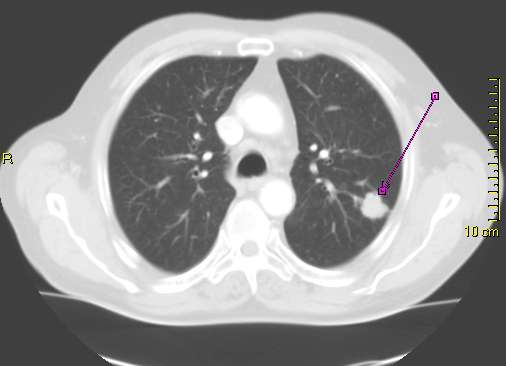Immunotherapy has been a growing area of research in the field of lung cancer care. As the treatment gains popularity, doctors are learning more about how it differs from traditional chemotherapy. In the past, scans that showed growing disease areas and new lesions after therapy indicated cancer progression. This remains true for treatments such as standard chemo, Tarceva and Avastin. According to Lungevity, scans for patients who receive immunotherapy sometimes show growing lesions even when the patient feels fine and their cancer symptoms are improving.
Researchers have found that new or growing lesions that result from immunotherapy aren’t necessarily full of cancer cells. Instead, the host’s immune cells tend to group in these areas to attack the cancer cells. Eventually the lesion disappears completely with further immunotherapy. Immune cells sometimes attack tumor cells that were too small to see in previous scans.
Patients undergoing clinical trials of immunotherapy have provided a wealth of information to researchers. Previous ideas of what a good scan looks like are quickly becoming obsolete. The new research suggests that a biopsy may be necessary when a scan indicates new or growing lesions in immunotherapy patients. When the clinical picture looks good, but the lesions look bad, discontinuing immunotherapy may not be the best course of action.

